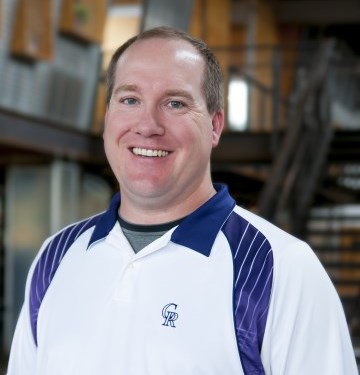On Friday the 25th, we slept in a bit and then we got up to head to Siena. Siena is renowned for being a well preserved medieval city as opposed to some of the towns we had visited. Siena was a major center in medieval Italy, rivaling Florence, until the black plague devastated the city in 1348.
We stopped at the bank in Mercatale Val di Pesa and then took a half hour or so to wander around the main piazza in Mercatale before getting on the road to Siena. We also spent some time photographing all of the different Italian street signs on the way.
We drove down the Raccordo Firenze-Siena highway to Siena, getting there around noon. As we found a parking place we looked up to the top of the hill where the cathedral and most of the city we wanted to see was at, thinking what a long hike that would be. Fortunately Andrea spotted a sign for escalators. I don’t think we’ve ever been that glad to see electricity as the escalators took us to within about 30 yards of the entrance to the baptistry of the cathedral.
Since it was lunchtime, we stopped to get a slice of pizza from a pizzeria between the Duomo and the Piazza del Campo. We then walked back up and ate our lunch on the steps of the baptistry before heading up the stairs to the Piazza del Duomo and the cathedral.
The view of the front of the Duomo was disappointing since the entire front of the building was covered in scaffolding which was in turn covered with a photo of the front of the building. We stood in line and finally got our tickets to go into the Duomo. The Duomo of Siena is famous for its inlaid marble floors, which are only uncovered for one month a year. Fortunately, they were uncovered when we went so we got to see them.
In the Duomo, we got an audioguide to lead us through the cathedral. This was probably one of the most worthwhile audioguides of the trip and we learned a lot about the building, although we spent a lot longer than we had planned in the cathedral. The marble floors are truly incredible, and the cathedral also contains a number of monuments to the Sienese Popes among its collection of art. The cathedral also contains an impressive marble pulpit by Nicola Pisano, and Duccio’s stained glass window is the oldest in Italy. In the late 1200s, Siena planned a major expansion to the cathedral that would have made it the largest in the world, and made the current, already large cathedral into just a transept of the new one. The black plague put an end to these plans, and later reviews showed that the new structure would have been doomed by the inability of the ground to support its massive weight.
After leaving the Duomo, we went down to the Cripta. The Cripta is a misnomer at this point as an excavation below the cathedral in the late 1990s was believed to have found the crypt of the cathedral, but found the remains of an earlier church, complete with a number of well preserved frescoes by an unknown artist. The frescoes are believed to date to between 1270 and 180.
After the Cripta, we walked down the stairs to the baptistry. The baptistry was built in the 14th century to reinforce the Duomo above. The baptismal faunt in the baptistry is by Jacopo della Quercia and also is ringed by panels by Ghiberti and Donatello. We were also impressed by the frescoes on the ceiling of the baptistry.
After the baptistry, we walked back up to the Museo dell’Opera della Metropolitana. The museum contains the originals of many of the works that were in the Duomo and is housed in what remains of the planned expansion of the Duomo. The museum also contained one of my favorite sculptures in Italy of a young girl on a velvet cushion. The highlight of the museum is the climb to the top of what was to be the new cathedral. From this vantage point, you can look down on the Duomo as well as the entire city of Siena and the surrounding countryside. The view is truly incredible.
After leaving the museum, we walked back down the stairs past the baptistry towards the Piazza del Campo. On the way we stopped in a candle shop where we watched them make hand dipped and carved candles. We even purchased a small blue and gold one as one of our souvenirs of Siena.
We then continued down to the Piazza del Campo. The Piazza del Campo sits on the site of the Roman Forum, and is the seat of the government of Siena. The plaza is divided into nine sections for the medieval Council of Nine. The Pallazo Pubblico dominates the Piazza del Campo and is probably the most recognizable building in Siena. The Torre del Mangia in the Pallazo Pubblico is the tallest in Italy and was built to the exact height of the Duomo’s campanile to assert that temporal and spiritual power were equals. They were setting up for an evening concert while we were there, and we ended up wandering around the Piazza del Campo for a while as we waited for the restaurant we wanted to eat at to open.
We had a phenomenal dinner at Hosteria il Carroccio where we met a pair of Australian women and chatted for the entire meal. They were in the midst of a seven week vacation through Africa and Europe, and we discussed some of the differences we had seen between where we were from and Italy as well as all of their travels. After dinner we got up and listened to the concert in the Piazza del Campo for a few minutes before heading back to the car and driving back to Greppi di Silli.
